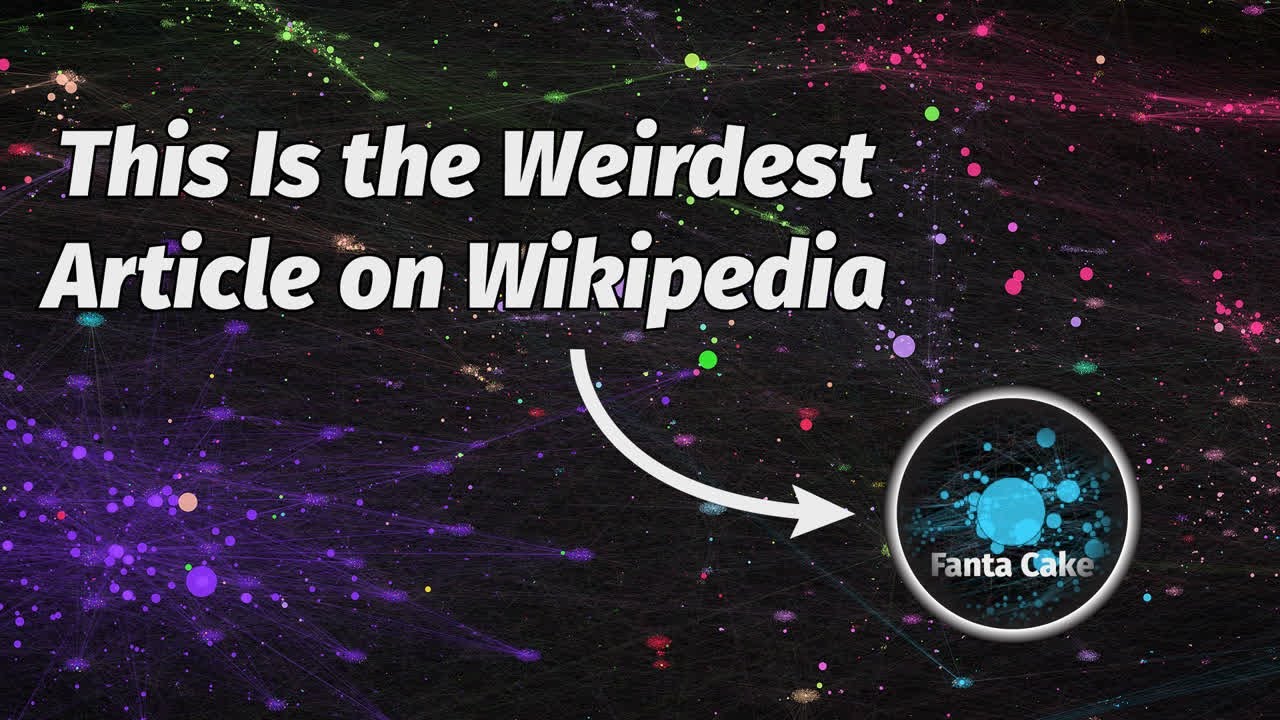The video explores a graph representing 6.3 million English Wikipedia articles and nearly 200 million links, categorised into 44 communities based on similarities. It delves into the interconnected nature of Wikipedia, showcasing challenges like orphaned articles and dead-ends, while highlighting the dynamic evolution of the platform through collective knowledge sharing.
The video explores a visual representation of Wikipedia, showcasing a graph of 6.3 million English Wikipedia articles and their nearly 200 million links. The graph is divided into 44 different color-coded communities based on algorithmically determined similarities between articles, reflecting various subjects such as politics, music, video games, and more. The graph also highlights how articles about Indian and Korean cinema are distinct from Western cinema, reflecting societal interests.
The size of each circle in the graph represents the number of incoming links to the corresponding article, with popular articles like “United States” having the most references. The video delves into the concept of the Wikipedia race, where players navigate from one article to another using only internal links. It discusses the presence of orphaned articles with no incoming links and dead-end articles with no outgoing links, showcasing the challenges in navigating certain parts of Wikipedia.
Exploring the concept of degrees of separation, the video demonstrates how most articles on Wikipedia are within six degrees of separation from each other, with paths existing between the majority of articles. The average path length between two articles was found to be 4.8 links, with extremely rare cases of longer paths, such as a 166-link path from “athletics in the 1953 Arab games” to “list of Highways number 999.” The video also highlights unique cases like “Fanta cake,” a disguised dead-end orphan article with a self-referencing link.
The video emphasizes the dynamic nature of Wikipedia as an ever-growing network of information, where anyone can contribute and update articles. It concludes by acknowledging the continuous evolution of Wikipedia and the power of collective knowledge sharing. The creator thanks sponsors on GitHub for supporting the video and encourages viewers to subscribe and engage with the content. Overall, the video provides insights into the structure, connectivity, and intricacies of Wikipedia’s vast network of articles.
